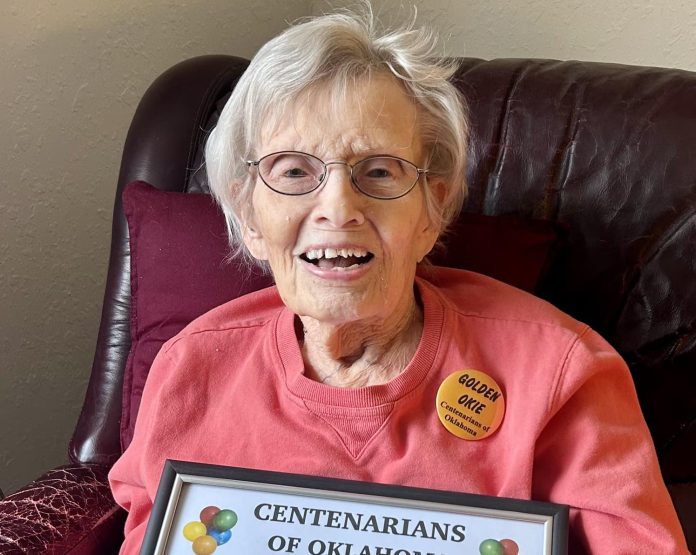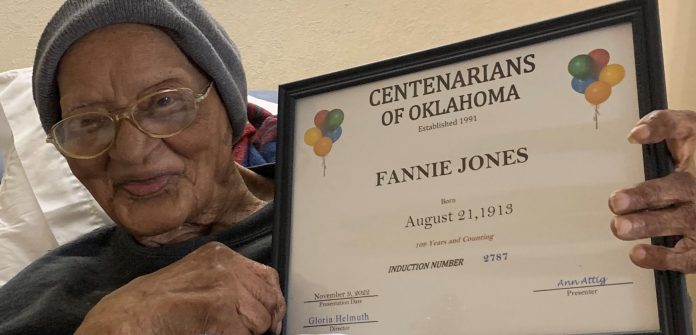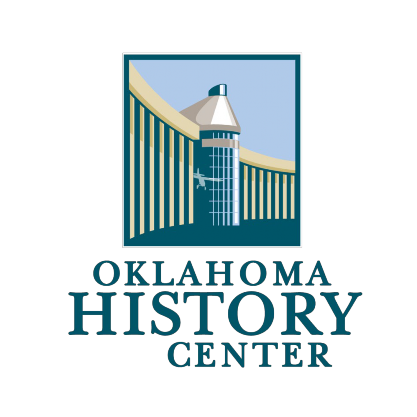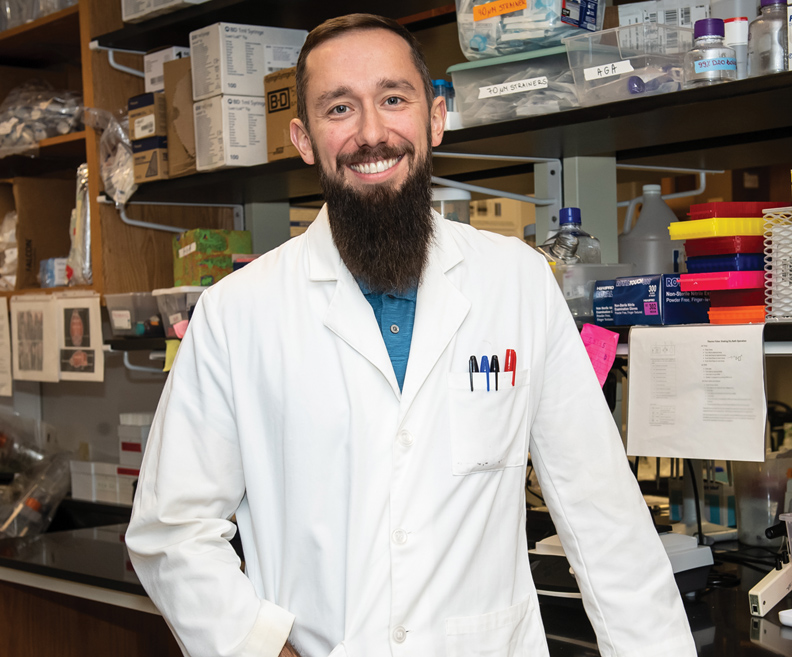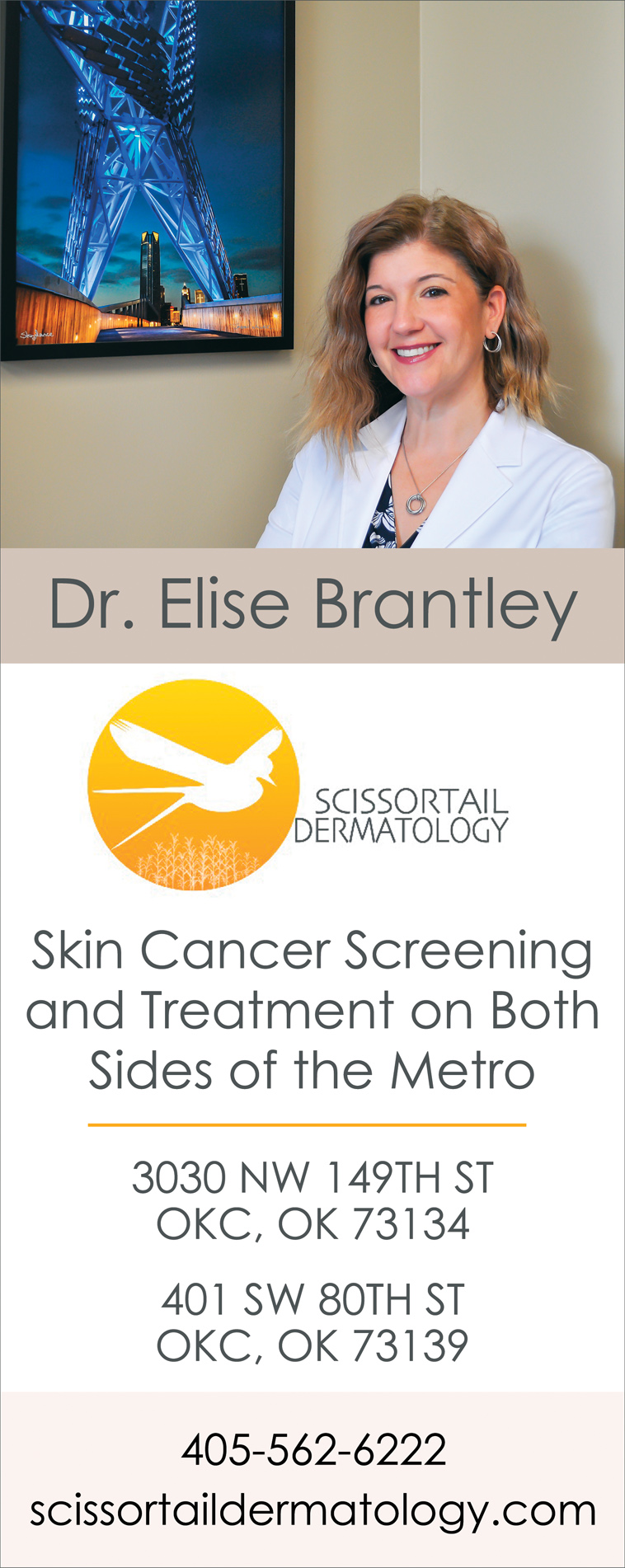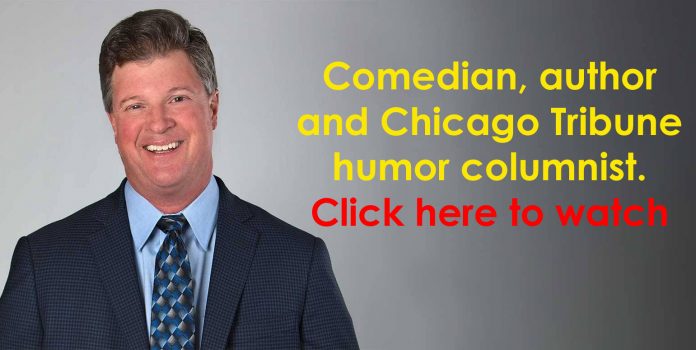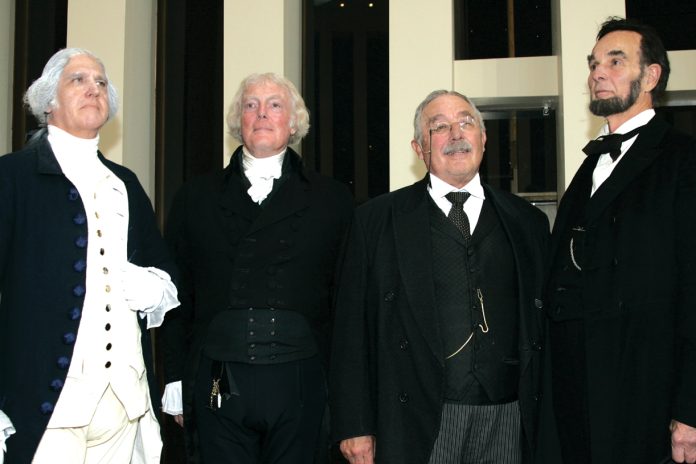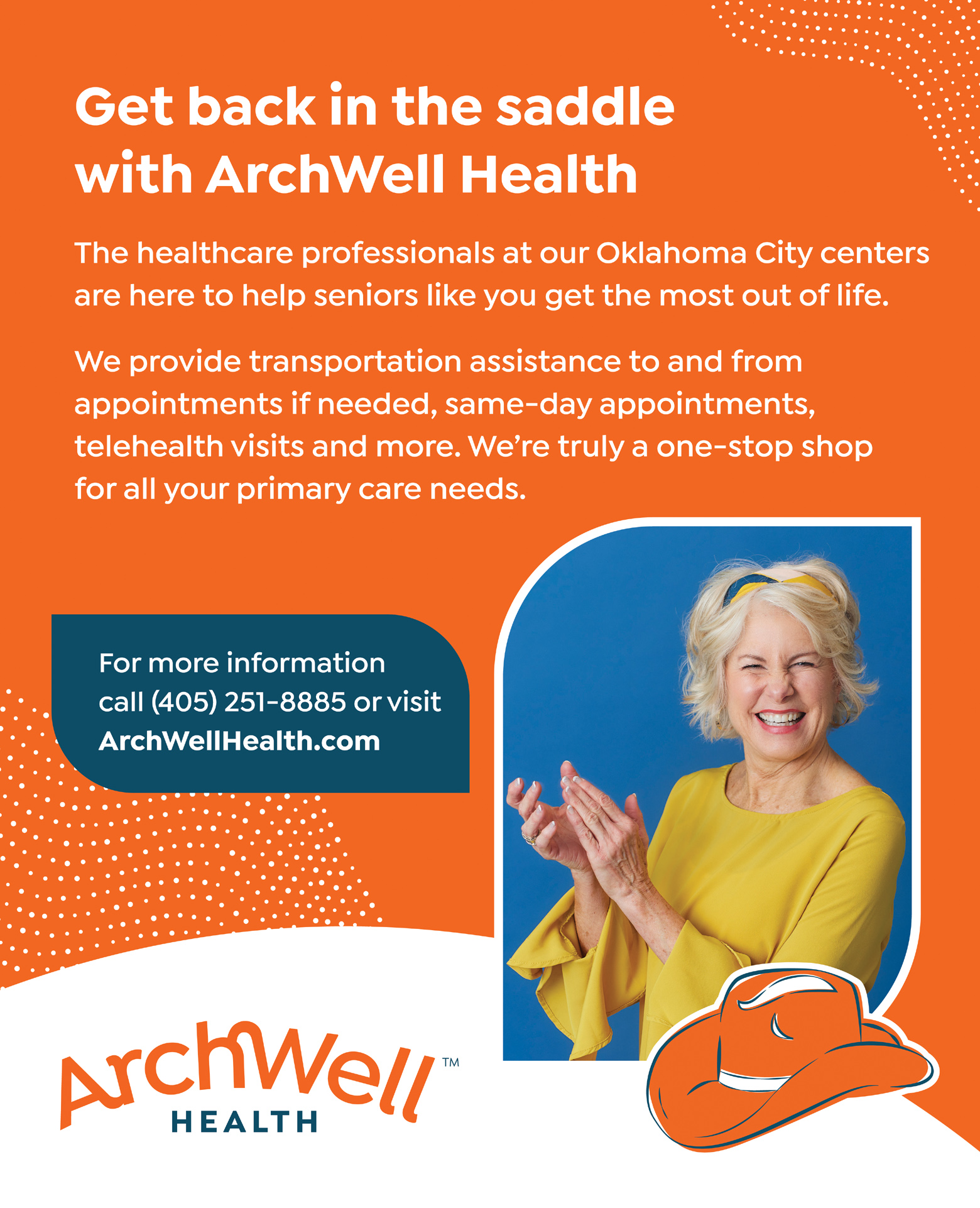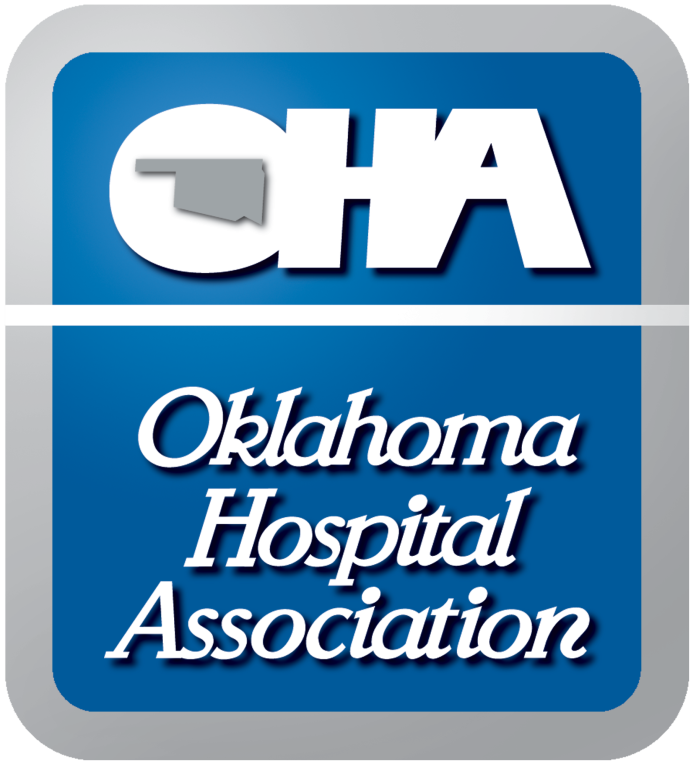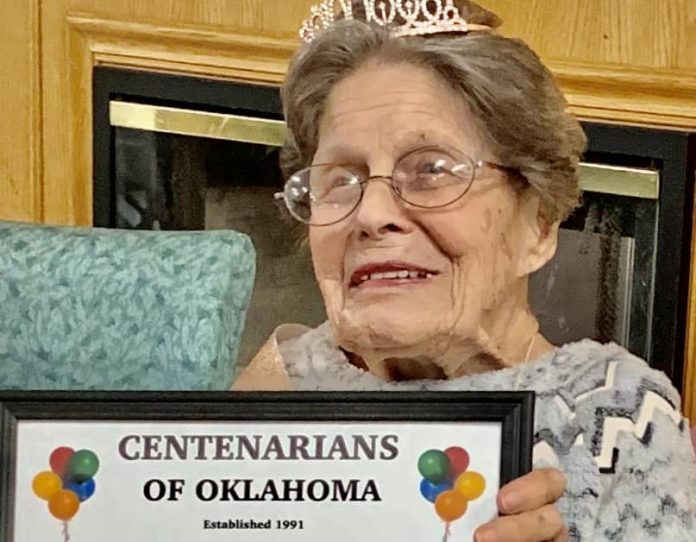Society of Urban Poets Inc. Holds Annual Poetry Recital The annual recital will be held on Sunday, December 18 at 6 pm at the Myriad Botanical Gardens, 301 West Reno. This is a free event and the public is invited to attend. Guests may also participate by reading 2 selections of your original poetry. Please register by calling 405-339-4844 or by email to soupokc@yahoo.com or afwash2@cox.net. Registration deadline is December 11. The evening will include music by Garcia Tarver and a brief reception.
Will’s Country Christmas December 2, 5 p.m.–9 p.m. Will Rogers Birthplace Ranch, 9501 East 380 Road Oologah, OK 74053. isit Will Rogers Birthplace Ranch in Oologah for Will’s Country Christmas on Friday, December 2, and Saturday, December 3, from 5 to 9 p.m. The ranch house will be decorated for an Indian Territory Christmas. The evening will include storytelling, Wild West shootouts, children’s crafts, 19th-century games, carriage rides, a shooting gallery, music, vendors, and food trucks.
Barney P. Enright, Photographer exhibit closes December 3. Cherokee Strip Museum and Rose Hill School, 2617 West Fir Street Perry, OK 73077. The Cherokee Strip Museum and Rose Hill School’s exhibit about the life and work of Perry photographer Barney P. Enright will remain open through Saturday, December 3.
Guthrie’s Distinctive Homes Tour and Wassail at the Carnegie Library December 3, 10 a.m.–4 p.m. Oklahoma Territorial Museum and Carnegie Library, 406 East Oklahoma Avenue Guthrie, OK 73044. The Oklahoma Territorial Museum and Carnegie Library will be part of Guthrie’s Distinctive Homes Tour on Saturday, December 3, from 10 a.m. to 4 p.m. which gives an exclusive look inside some of Guthrie’s most distinctive homes and historic buildings, decorated for the holiday season. The Carnegie Library—a stop on the tour—is the place for tour participants to hear tales of the early days of Oklahoma’s first capital while having a warming cup of wassail.
“Section 106 of the National Historic Preservation Act” webinar On Monday, December 5, from 10 a.m. to 12:15 p.m. (Central Time), the State Historic Preservation Office will provide an introduction to, (or a refresher on), relevant and useful aspects of Section 106 of the National Historic Preservation Act and explain the review process. In this free online training, SHPO staff will convey the importance of the Section 106 process and assist anyone and everyone who might be involved in that process in Oklahoma.
Holiday Market at the Museum Museum of the Western Prairie, 1100 Memorial Drive Altus, OK 73521. The Museum of the Western Prairie will host its eighth annual Holiday Market at the Museum on Tuesday, December 6, at 6 p.m. This event showcases the talents of 12 area artists and provides a terrific holiday shopping opportunity for the general public.
Oklahoma Tall Tales Uncovered presentation and book signing with author Joe M. Cummings Cherokee Strip Regional Heritage Center, 507 South 4th Street Enid, OK 73701. On Friday, December 9th at 3 p.m., author Joe M. Cummings will be signing copies of his new book, Oklahoma Tall Tales Uncovered, (2022, Arcadia Publishing) at the Cherokee Strip Regional Heritage Center (CSRHC). Cummings will give a short program where he talks about his book and the research that went into writing it.
Steamboat Heroine film screening and discussion December 10. Oklahoma History Center, 800 Nazih Zuhdi Drive Oklahoma City, OK 73105. On Saturday, December 10, the Oklahoma History Center will feature a film screening that follows the excavation of the steamboat Heroine from the Red River and how it was transported to the Oklahoma History Center. In 1990, the sunken steamboat, Heroine, was discovered in Oklahoma’s Red River. It provided evidence of the role steamboats played in Oklahoma and how they transformed the region.
Quilting workshop with Martha Ray December 10, 9 a.m.–11 a.m.|Recurring Event Sod House Museum, 4628 State Highway 8 near Aline, OK 73716. Visit the Sod House Museum southeast of Aline for a quilting workshop on Saturday. The workshop will take place from 9 to 11 a.m. with instructor Martha Ray, and the cost is $5 per person. For more information, please contact Director Renee Trindle at 580-463-2441 or sodhouse@history.ok.gov.
Breakfast with Santa December 10, 9 a.m.–11 a.m. Henry and Anna Overholser Mansion, 405 NW 15th Street Oklahoma City, OK 73103. Preservation Oklahoma is excited to present Breakfast with Santa at the Henry and Anna Overholser Mansion on Saturday, December 10 from 9 to 11 a.m. Attendees will enjoy a delicious breakfast, a craft, and of course—meeting Santa! All families are invited to join in the holiday fun. Admission to the event is $25 per person. Please note that tickets are available by breakfast time, however, attendees are welcome to participate in the other activities at any time. Tickets are nonrefundable.
Christmas Open House December 10, 10 a.m.–3 p.m. Sod House Museum, 4628 State Highway 8 near Aline, OK 73716. The Sod House Museum’s Christmas Open House will be held on Saturday, December 10, from 1–3 p.m. Enjoy the holidays in Oklahoma’s only remaining sod house that will be decorated for the season in the style of a traditional 1890s Pioneer Christmas.
Photos with Santa at the Will Rogers Memorial Museum December 10, 11 a.m.–2 p.m.|Recurring Event. Will Rogers Memorial Museum, 1720 West Will Rogers Boulevard Claremore, OK 74017. The Heritage Gallery at Will Rogers Memorial Museum will be the perfect backdrop for Photos with Santa on Saturday, December 3, and Saturday, December 10, from 11 a.m. to 2 p.m. Bring your family and your camera to take beautiful family pictures with Santa. Admission is free to take photos. For more information, please visit willrogers.com or call 918-341-0719.
Christmas Open House Hunter’s Home, 19479 East Murrell Home Road Park Hill, OK 74451. On Sunday, December 11, from 1 to 4 p.m., Hunter’s Home will host its annual Christmas Open House. Visitors will see the home and general store decorated for the holiday season and will enjoy cider and snacks while sitting around a roaring fire. For more information, please call 918-456-2751.
Holiday Candlelight Tours December 15, 4 p.m.–8 p.m.|Recurring Event . Hunter’s Home, 19479 East Murrell Home Road Park Hill, OK 74451. Oklahoma’s only remaining pre-Civil War plantation home will host five nights of candlelight tours in December. The tours of Hunter’s Home will take place from Tuesday, December 13, through Saturday, December 17, from 4–8 p.m. each day. The 177-year-old home will be decorated in a Victorian holiday style. Period Christmas decorations and candlelight will adorn the home’s lavish parlor, sitting room, and dining room. Costumed reenactors will share the history of the home. For more information please call 918-456-2751.
December Bake Day and Gingerbread Decorations Fort Gibson Historic Site, 907 North Garrison Avenue Fort Gibson, OK 74434. Visit Fort Gibson Historic Site for a special holiday-themed bake day on Saturday, December 17, at 10 a.m. Fresh bread and batches of giant gingerbread men will be baked in the historic Fort Gibson ovens just in time for the holidays! Fresh batches of each will be ready at noon and again at 3 p.m. Gingerbread men will be ready for decorations throughout the day starting at 11 a.m.
History Alive! on the Cherokee Strip December 17, 11 a.m.–3 p.m.|Recurring Event. Cherokee Strip Regional Heritage Center, 507 South 4th Street Enid, OK 73701. Step back in time and experience life in the Cherokee Outlet during History Alive! on the Cherokee Strip at the Cherokee Strip Regional Heritage Center in Enid. On the first and third Saturday of each month, from 11 a.m. to 3 p.m., the historic buildings in the Humphrey Heritage Village come alive with reenactors who are tending their shops, working their trades, or socializing at the Village Church.
“Shut the Door! Barns in Oklahoma: The Significance of Barns in the Oklahoma Cultural Landscape” webinar December 27, 6 p.m. The State Historic Preservation Office is hosting a webinar series entitled “Shut the Door! Barns in Oklahoma,” featuring presenters who specialize in barn history, construction, and restoration. On Tuesday, December 27, the topic will be “The Significance of Barns in the Oklahoma Cultural Landscape.” This December webinar will be the last of the 2022 series. These presentations will be held on the last Tuesday of every other month, beginning at 6 p.m.
Movie Night featuring Meet Me in St. Louis (1944) December 30, 6 p.m.–9 p.m. Will Rogers Memorial Museum, 1720 West Will Rogers Boulevard Claremore, OK 74017. Will Rogers Memorial Museum in Claremore will host a Movie Night featuring the film Meet Me in St. Louis (1944) in its theater on Friday, December 30, at 7 p.m. “Horsing Around with Will” will take place from 6 to 7 p.m., during which families can enjoy activities and crafts relating to the movie’s theme. Guests can enjoy free admission, popcorn, and drinks while watching the film. Seating is limited, so early arrival is suggested.
Observing with NASA Smithsonian exhibit kiosk closes December 31. Oklahoma History Center, 800 Nazih Zuhdi Drive Oklahoma City, OK 73105. Observing With NASA, an authentic data experience with astronomical imaging will be on display at the Oklahoma History Center (OHC) until December 31, 2022. This exhibit kiosk from the Smithsonian Astrophysical Observatory engages visitors in the art and science of NASA imagery. Observing With NASA offers an introduction to the tools, data, and skills that NASA space scientists and data visualization experts use to create the images of deep space objects that we all know and love.



